Ceramides’ role in liver disease
Alcoholic liver disease, or ALD, is a chronic condition that includes hepatic steatosis, steatohepatitis, fibrosis and cirrhosis. Nonalcoholic fatty liver disease, or NAFLD, is a chronic condition with histological progression similar to ALD, but its pathogenesis is due in large part to diets high in fat and sugar rather than heavy alcohol consumption.

The early stages of both ALD and NAFLD are characterized by excessive accumulation of lipid droplets within hepatocytes. Perilipin 2, or PLIN2, is the most abundant hepatocellular lipid droplet protein. In both ALD and NAFLD, PLIN2 is upregulated and is associated with hepatic accumulation of ceramides.
Ceramides are biologically active sphingolipids that have roles in apoptosis, inflammation and insulin resistance, all critical factors in the pathogenesis of both ALD and NAFLD. Accumulation of ceramides inhibits insulin signaling and promotes insulin resistance. Ceramides can inhibit protein kinase B activity either through the activation of protein phosphatase 2A or protein kinase c isoform zeta. In addition, ceramides impair fatty acid beta-oxidation by promoting mitochondrial fission.
The liver is a key organ for the production of ceramides, the synthesis of which takes place by three pathways: (1) synthesis from simple molecules, which requires several enzymes, including dihydroceramide desaturase 1, or DES1, and ceramide synthase, or CerS, enzymes; (2) sphingomyelin hydrolysis by sphingomyelinases; and (3) lysosomal salvage of complex sphingolipids that requires acid ceramidase, an enzyme that deacylates ceramides into sphingosine and fatty acids and is encoded by the ASAH1 gene.
Recent studies showing that reduction of ceramide synthesis can improve steatosis and insulin resistance have elucidated the critical role of ceramide synthetic pathways in ALD and NAFLD. As our lab reported in the FASEB Journal and Philipp Hammerschmidt and colleagues reported in the journal Cell, reduction of synthesis of ceramide C16:0 using both pharmacologic and genetic models of CerS reduction prevents lipid droplet accumulation and insulin resistance in experimental models of ALD and NAFLD.
Prevention of steatosis and improvement of insulin resistance involve mechanisms that are dependent on PLIN2 and that prevent mitochondrial fragmentation. Moreover, liver-specific induction of lysosomal acid ceramidase through ASAH1 overexpression improves hepatic insulin sensitivity and ameliorates alcoholic steatosis through very low-density lipoprotein–mediated and lipophagy-mediated mechanisms. Finally, tissue-specific and DES1 null mice fed a high-fat diet have increased levels of dihydroceramides, reduced accumulation of ceramides synthesis (including C16:0 ceramides), reduced steatosis and increased glucose tolerance.
An increasing body of evidence supports the view that reducing hepatic ceramide production improves hepatic lipid accumulation and insulin resistance in ALD and NAFLD. However, little is known about therapies that safely lower ceramides in humans and improve patient health. Further studies are needed to better understand how ceramides affect liver function, with the eventual aim of developing targeted treatments for ALD, NAFLD and insulin resistance.
Enjoy reading ASBMB Today?
Become a member to receive the print edition four times a year and the digital edition monthly.
Learn moreGet the latest from ASBMB Today
Enter your email address, and we’ll send you a weekly email with recent articles, interviews and more.
Latest in Science
Science highlights or most popular articles
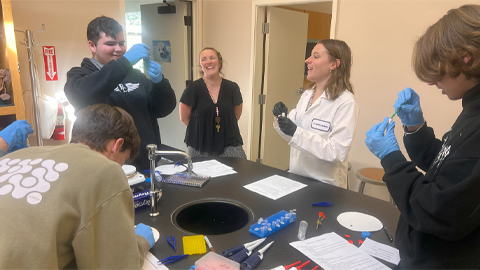
Using DNA barcodes to capture local biodiversity
Undergraduate at the University of California, Santa Barbara, leads citizen science initiative to engage the public in DNA barcoding to catalog local biodiversity, fostering community involvement in science.
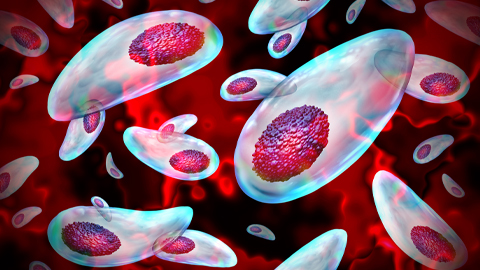
Targeting Toxoplasma parasites and their protein accomplices
Researchers identify that a Toxoplasma gondii enzyme drives parasite's survival. Read more about this recent study from the Journal of Lipid Research.
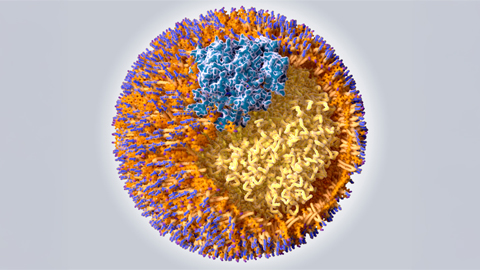
Scavenger protein receptor aids the transport of lipoproteins
Scientists elucidated how two major splice variants of scavenger receptors affect cellular localization in endothelial cells. Read more about this recent study from the Journal of Lipid Research.
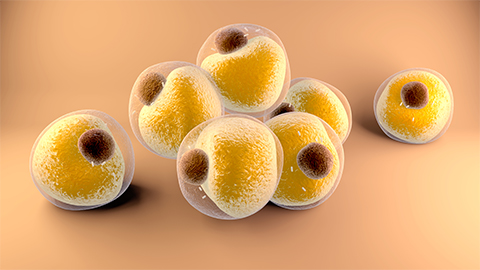
Fat cells are a culprit in osteoporosis
Scientists reveal that lipid transfer from bone marrow adipocytes to osteoblasts impairs bone formation by downregulating osteogenic proteins and inducing ferroptosis. Read more about this recent study from the Journal of Lipid Research.
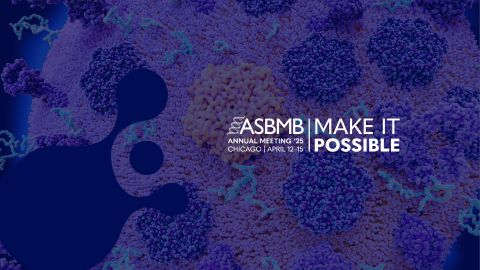
Unraveling oncogenesis: What makes cancer tick?
Learn about the ASBMB 2025 symposium on oncogenic hubs: chromatin regulatory and transcriptional complexes in cancer.
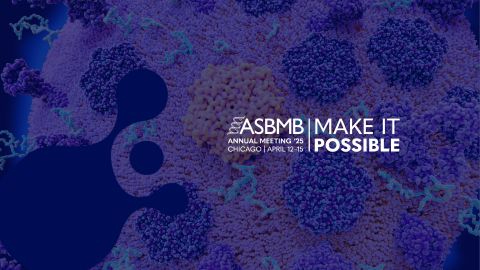
Exploring lipid metabolism: A journey through time and innovation
Recent lipid metabolism research has unveiled critical insights into lipid–protein interactions, offering potential therapeutic targets for metabolic and neurodegenerative diseases. Check out the latest in lipid science at the ASBMB annual meeting.


